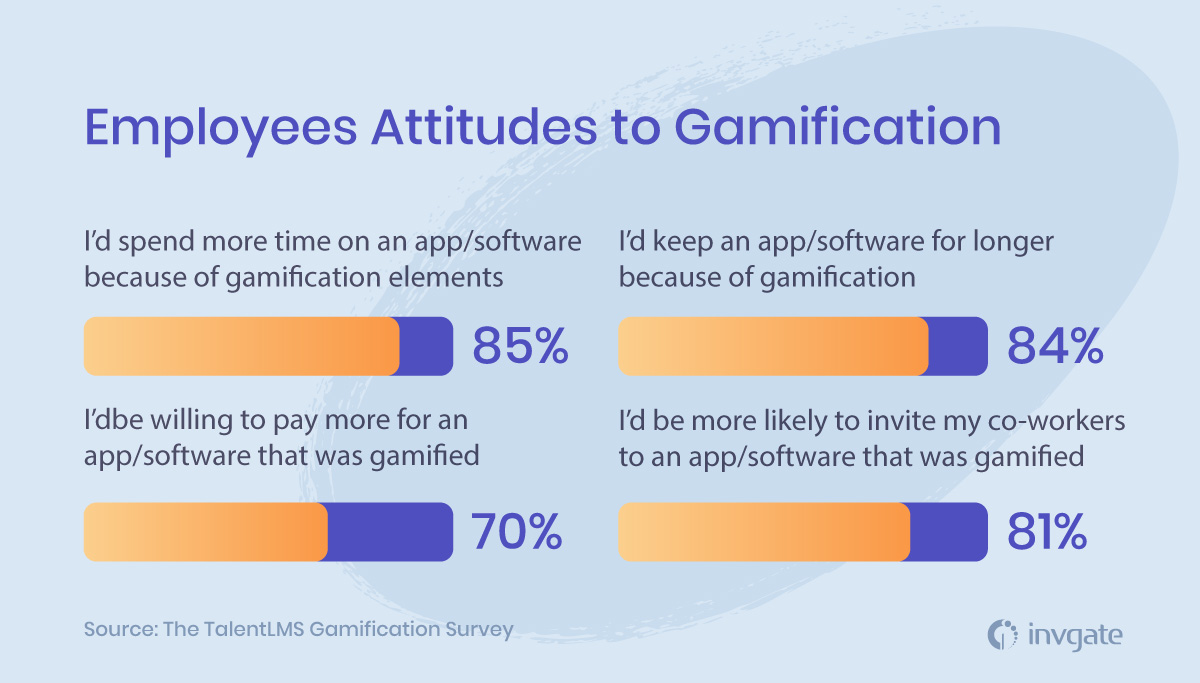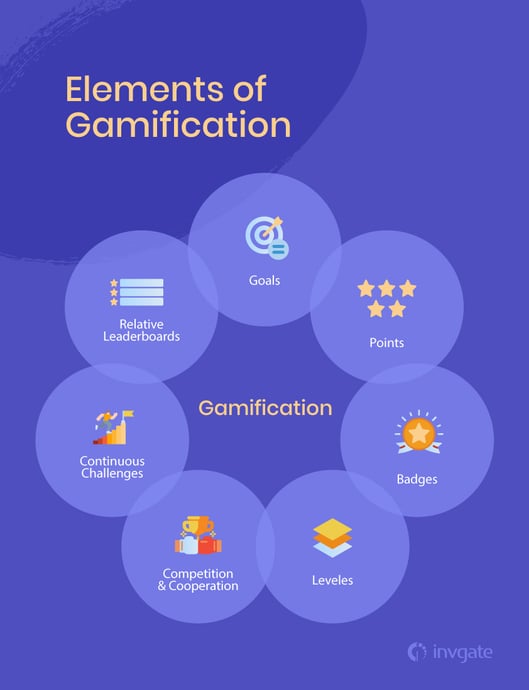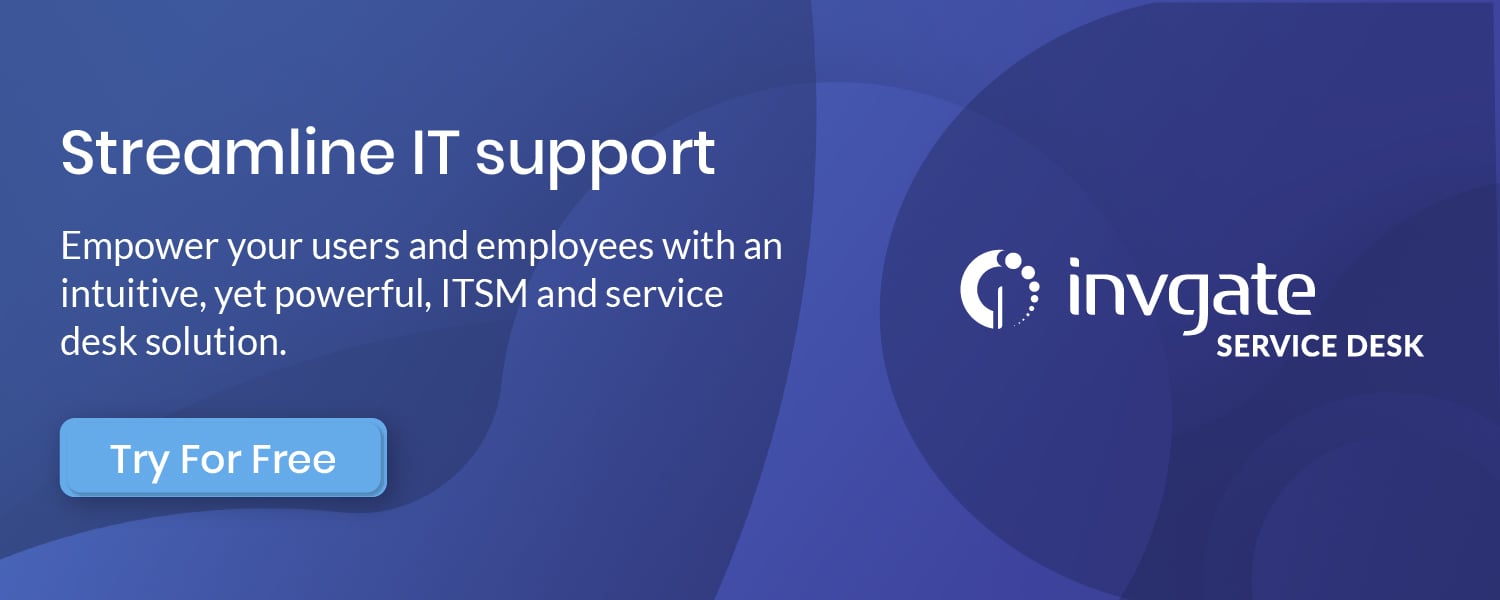Gamification has become a go-to tool to improve participation and engagement in many contexts. Education is a big one: apps like Duolingo use game elements such as badges, streaks, and leaderboards to encourage learners and increase their engagement.
With the shift to remote work, employers and HR managers have been looking into ways to improve employee engagement. Gamification is one of the best options for this.
What is gamification?
As the word implies, gamification is making any task or process a game or bringing game elements into it to improve the user participation by making it more fun and rewarding to them.
When we play games, the reward centers in our brain release dopamine, a neurotransmitter associated with pleasure and happiness. By gamifying elements of work, your employees will be more excited to work and therefore be more productive as it triggers the release of dopamine.
Most people are working because of their extrinsic motivation. They may enjoy their work, but that is not the reason they’re working. They’re working because they want to achieve other goals. But gamification relies on intrinsic motivation, or the innate desires to feel good, for competing, for self-expression, and others. By connecting these desires with a task, people are more likely to work because they enjoy it, and less because they have to.
Of course, there's no need to make the entire process a game to make it more engaging. You can just incorporate some game elements into the process. For example, you can give your employees some in-game currencies or tokens for completing certain tasks in a given time which they can use to modify their avatar. Or you can give badges for certain achievements which they can show off on their profile. Or of course, you can always gamify an entire system or task, like the LMS or the onboarding process, and make it more fun and exciting.

The primary benefits of gamification
Gamification of processes has a lot of benefits for the employees as well as the team or the organization.
Gamification speeds up learning
The fact that gamification speeds up learning has long been documented by its popularity in e-learning apps. The same can be applied in your company for onboarding a new employee or teaching new skills to your team. With gamification, your team will be motivated to finish the lessons quickly, engage well with the lessons, and are more likely to retain the knowledge for a long time.
By awarding badges or points upon completing a course, you’ll also be motivating other employees to upskill themselves.
Gamification improves engagement and productivity
Be it among your employees or customers, gamification is guaranteed to improve engagement. Many global brands including the likes of Starbucks and Dominoes have had immense success on their loyalty programs by giving points and badges to their customers. Instead of just giving a freebie for every purchase, these brands have made it a game to compete with their peers and win gifts for repeated purchases.
You can improve the productivity of any department, be it customer service or HR, by gamifying their tasks. The team can set their goals, track their progress, and see if they’re falling behind. By introducing game elements into their activities, the team will be motivated to complete more tasks, improving the overall engagement and productivity within the department.
Improves team morale and builds better teams
Gamification brings in a competitive spirit within the team members. Team members are more excited to work and see their achievements showcased in front of others. Gamified tasks also give immediate feedback to the team members on a task well done motivating them to work harder and get better rewards.
Gamification will also keep everyone aware of each others’ strengths and weaknesses, creating better teams.
Gamification makes it easier to roll out organization-wide changes
A major problem most organizations face when they introduce something new is that it takes a while for the employees to get used to it, and start using it efficiently. There’s also an initial hesitancy among employees to try something new, even with a good onboarding process. This can be observed whether it be a new software or a new workflow or a new policy.
But with a little bit of gamification, you can incentivize your employees and ensure better adoption rates. Employees are more likely to follow new processes or work flows with a bit of friendly competition and recognition among their peers.
How can gamification help improve productivity within IT?
Here are 5 ways in which you can leverage gamification in the IT industry to make work more exciting and make your employees more productive.
Faster and automated onboarding through gamification
The goal of an onboarding program is to get employees to peak productivity within the shortest period of time and increase employee retention within the organization. Companies are fully aware of the revenue loss due to poor onboarding and are investing in automated onboarding systems. And gamification can significantly improve the automated onboarding process.
Gamification helps new hires get a sense of accomplishment as they complete tasks or reach goals, instead of just reading some materials or attending training sessions. They also get the satisfaction of figuring things out on their own and are more likely to retain more things. Gamification can significantly speed up the onboarding process and get new hires acquainted with their new roles.
You can include gamification in your onboarding process through leaderboards showcasing the new hires’ progress. You can set up points or rewards upon completion of each step, which they can use to claim t-shirts, mugs, or other company swag. You can also set up prizes for top leaderboard positions and encourage competition between the new employees.
By combining gamification with a bit of data analysis, you can gain insights into your onboarding process, find out what is lacking, and improve it further.
Gamifying the service desk
An efficient service desk is essential for smoothly resolving the IT service requests in an organization. And motivated agents ready to tackle requests after request plays a huge role here. In this sense, gamification can be a game-changer for ITSM in general.
Quick and efficient responses are essential to get the full benefits of a service desk to the organization. Without them, people may not use the service desk, instead resorting to other ways to solve their IT problems. This will hamper organizational productivity and cybersecurity while the resources of the service desk remain underutilized.
By gamifying your service desk, you can make the operations of your service desk a fun and exciting game for your agents.
Your team will be excited to complete more requests within a short time, improving the productivity of the service desk, leading to a better experience for the users. IT managers can leverage gamification to ensure that the service desk agents prioritize the important tasks by setting the rewards accordingly. To ensure quality service, you can award badges to your agents based on customer feedback and maintain streaks on the leaderboard for consistent good reviews.
Gamification can also make it easier for the team leads to manage their service desk agents. They can spend their time focusing on important business instead of carefully tracking agents’ activities and correcting the course accordingly.
Read more: Everything you Need to Know to Boost Service Desk Gamification
Gamification of software development
Developers and project managers are well aware of the stress associated with each sprint. Why not make every sprint a fun game? Points for every feature may not work well here since some features may take more time. But team leads can set up different numbers of points for different tickets. Or may be additional points for a bug-free feature.
Many major tech companies, including the likes of Facebook and Google have bug-bounty programs. The same concept can be applied to the software testing process in your team, awarding rewards or points based on the nature of the bug.
Gamification for training
Aside from new hires, gamification can be a powerful tool for training existing employees as well. You can use gamification for introducing and raising awareness about company's products and services, or for training employees on new software. Regular quizzes and competitions can make sure your team is aware of the rules and regulations regarding the product they’re working on.
Training sessions are usually conducted in a single session and are not something employees look forward to. With gamification, you can have a continuous employee training program, conducted over the course of a month or more without setting aside specific time for it. And you can make training fun and make sure your employees look forward to them.
Improving health and wellness of employees
This might seem a bit unusual, but it's becoming more and more relevant each day as organizations are paying attention to the health and well-being of their employees. Along with this, organizations can motivate their employees to work out or exercise through gamification. Many organizations are offering fitbits or other activity trackers with attractive incentives for hitting targets. Companies can collaborate with insurance and other health care companies to develop attractive packages for their employees based on their activities. For example, you can offer a monthly gym membership to whoever walked the most in a day, or a set of weights to someone who cuts down their caffeine intake.
Tips to consider when gamifying processes
While gamification brings a lot of benefits to your team, implementing it can be a bit tricky. It takes some planning to ensure that gamification gives you a good return on investment.
Launch small, then scale it up
Even with the best planning, it may take a while to get gamification right. Experts can guide you to find an approach, but it will still take some fine-tuning. Implement it in one department, see how it goes, and understand the process before you invest in gamification for the entire organization.
Keep rewards proportional to the task
It may demotivate your team if it takes too much work to get a small reward. And if your team finds it too easy to get rewards, they may not feel like they worked enough to earn it, and they may feel like you’re bribing them.
Either keep small rewards for small tasks or a huge reward for a time-consuming task. Or a combination of both. Either way, make sure you don’t exceed your budget.

Simple games work better
If the games themselves have a huge learning curve, learning to play may feel like a job. Simple games with easy-to-understand rules work best. You can try improving the game complexity gradually to keep it engaging, but make sure you don’t complicate things for new hires.
Remember, the goal is not to learn the game, but to make work fun.
Analyze and revise frequently
As you can imagine, finding the balance between rewards and tasks will take a couple of trials and errors. So will gamifying the tasks without making it too complicated, but at the same time engaging enough. To create the best experience, collect feedback and keep iterating. Measure the productivity of the team before and after gamification, find out where it’s falling behind, and keep improving.
The team can get bored of the same game after a while, and this can take a hit on productivity. Mix it up once in a while, add new prizes or conduct seasonal events. And once again, analyze and revise.
Don’t forget the intangibles
Gamification rewards measurable results. For example, a help desk team may get a badge for completing 10 requests in 30 mins, or a point for every query resolved. But it’s not always possible to objectively measure the quality of the service. In a software engineering team, a developer may churn out fewer features compared to his teammates, but they could be helping their team write better code.
It’s important to reward the intangibles too, to make sure everyone in the team feels appreciated for their contributions.
Frequently asked questions
Can I gamify any task?
In short, yes. Results may vary, and you can’t use software to gamify all tasks, but with a little bit of creativity, you can bring in gamification techniques to any task.
Do you need gamification software for implementing gamification elements in your team?
Creative teachers and managers have made fun games out of boring tasks, so it is certainly possible to implement gamification without software tailored for it. But such software makes it easier to gamify the activities of your department. You’ll have all the tools to implement, collect data, analyze, and iterate gamification. You’re likely to get better results with software tools designed with gamification in mind.
Are there any drawbacks to gamification?
Without proper implementation, gamification can backfire. If it’s too boring or not rewarding enough, employees may feel demotivated. Continuous analysis and iterations are required to keep your team engaged and get the best results.
















